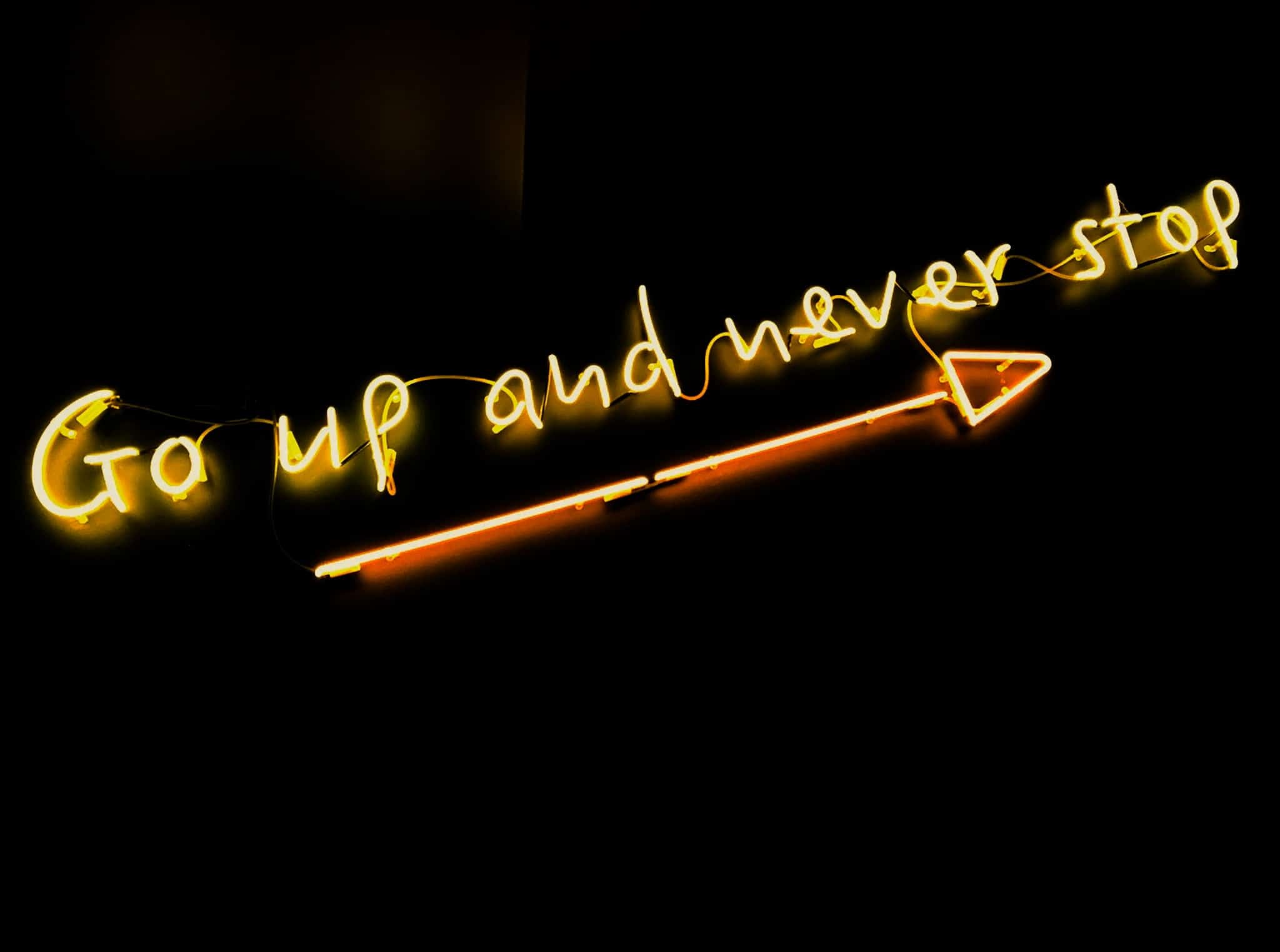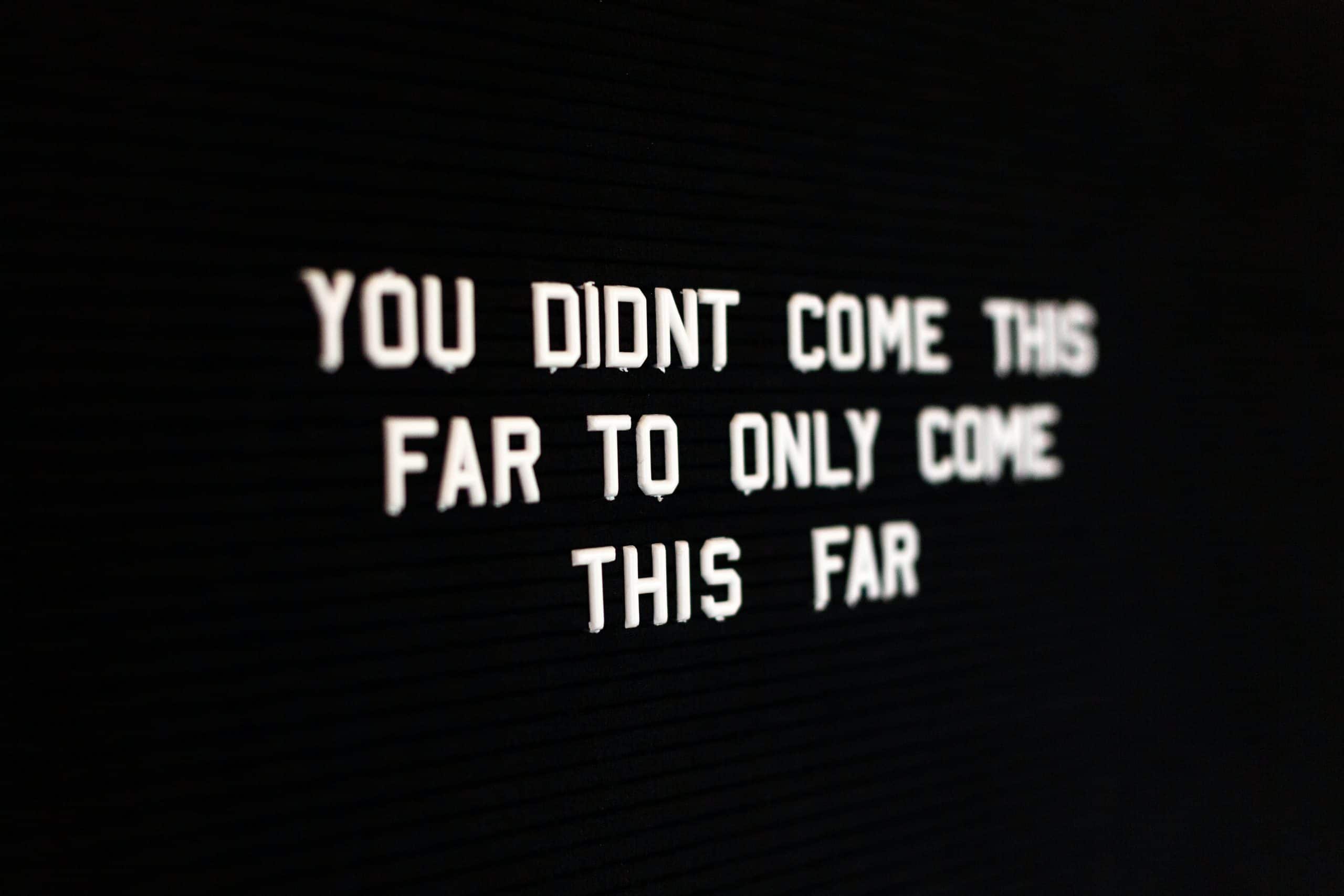This week theprintspace’s Harry Rose interviewed photographer Domenico Pugliese about his recent body of work, The Last Hunter’s. Click below to read more!


Hey Domenico, you clearly are compelled to make the current circumstance the Awá-Guajá tribe visible to the rest of the world. How did you feel whilst making these photographs with the tribe?
It was a unique experience and I feel very privileged to have lived such an experience and to capture with photography the daily life of such an isolated tribe.
The photograph can be a powerful and divisive tool. What was the initial desired outcome from making these images?
I simply want to highlight the danger of the situation the Awa are living in. From the first moment that I made contact with the tribe I felt compelled to document and to show the world that there are things that we need to change in our style of life. The route of this problem is the illegal loggers and mineral companies who are depleting natural resources… for the purpose of supplying and maintaining western commodities.
What is the government of Brazil and charities doing to help protect the Awá-Guajá tribe?
The situation with the Brazilian government is very complex, I believe there is a lot more that could be done to help not only the Awa tribe but also to save the rainforest.
The issue is complex and there are no easy answers to protect the Awá-Guajá tribe, whilst you were there, what were the feelings and hardships the tribe now faced?
The Awa have experienced a lot of change since the time of contact. But the most urgent issue is the land. They are constantly being invaded by the criminal loggers, which not only kill the Awa like animals but also their natural environment. As they are essentially hunter- gatherers they rely on what the forest can give to them.
Do you intend to keep going back to the rainforest and keep making pictures sharing the situation the tribe are in?
Going back to visit the tribe and to continue my documentation would be a wonderful thing to do …but the bureaucracy that I have to deal with to get permission to enter in their reserve is very complex.

Before you travelled to the rainforest, did you have an preconceived ideas on what you would find, if so, how were they imposed or discredited?
I had been several times and of course after a few times I knew what I was going to find. However the first time I visited I had no preconceived idea, I was called to do the job for a magazine so I then followed the journalist and the anthropologist and two members of the Brazilian organisation Funai to the location. The encounter was as strange as it can be, but I felt this was a very special moment, and the privilege to be there was reinforced more and more, I was observing them as they were me, I was affected by the world that they were living in.
The bonds you made with the tribes people must be strong in order for you to allow taking their photographs. Was there any stand out characters you met?
Yes! I feel I have a strong bond with them, and I can’t wait to see them again!
Hunting in the jungle is not an easy task, you need to be fit enough to be able to be accepted to go with them…this is a part of the fascinating world that I have discovered, and makes me realise how far humanity has moved away from where we once were.
You recently printed with theprintspace The Last Hunters, what paper did you choose and how did this empower the images?
I chose hahnemuhle fine art paper photo rag.
Did you view the work any differently once seeing it in print?
In this modern time we are used to seeing images on the computer screen most of the time and to see my images printed is when I feel I have final materialised the image, and of course I see them in a different way.
What is next for you photography wise?
What is next is a big question…. whatever is going to be next photographically for me I will continue to use the camera as a fantastic storytelling medium. Through the camera I can observe and experience transformation.
Domenico’s exhibition The Last Hunters runs from the 20th may -14th June at the Brazilian Embassy, 14-16 Cockspur Street, London, SW1Y 5BL
See more of Domenico’s work here

